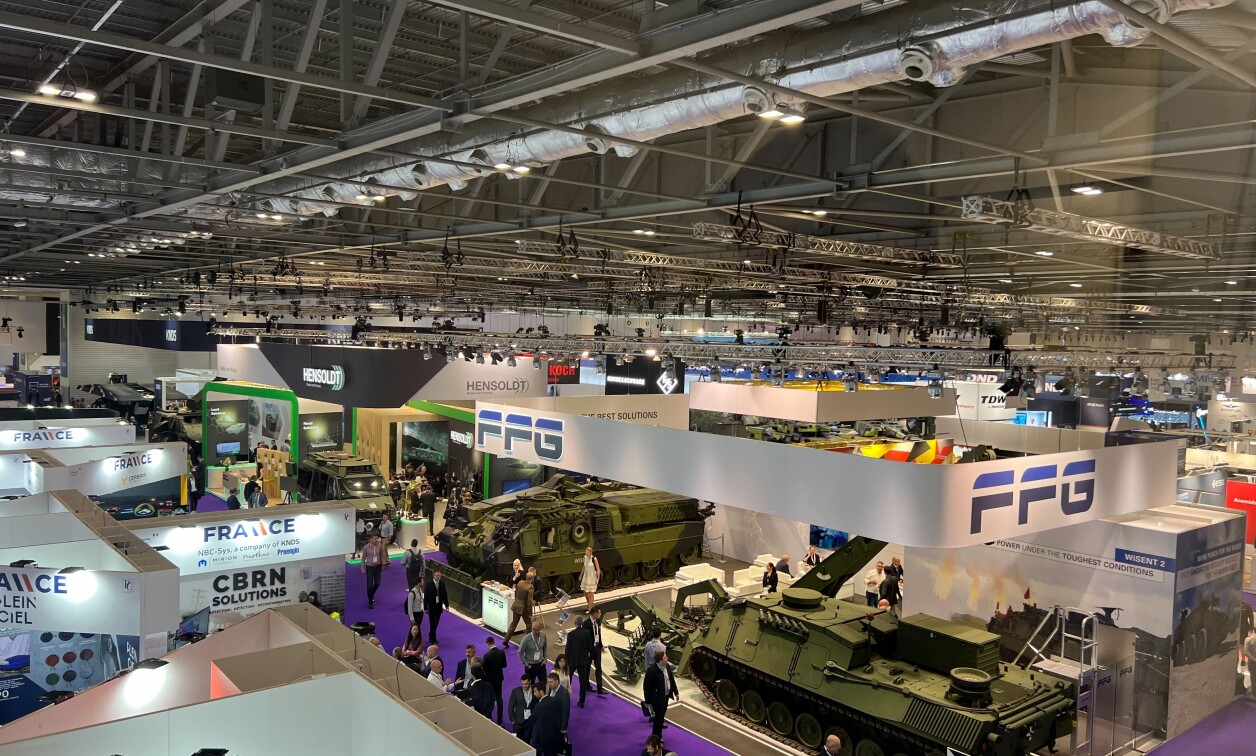FACE and MOSA gaining traction across the Atlantic
BlogSeptember 14, 2023

LONDON. Many questions on open architecture initiatives and the Department of Defense (DoD) modular open systems approach (MOSA) mandate were being floated to U.S. embedded hardware and software suppliers at DSEI in London this week. So, over dinner last night, I asked Chip Downing, Outreach Committee Co-chair of the Future Airborne Capability Environment (FACE) Consortium and Senior Market Development Director for Aerospace and Defense at RTI, what type of open architecture strategies are being pursued by European defense departments and if the U.S initiatives like FACE influenced those efforts.
“Both FACE and SOSA (Sensor Open Systems Architecture) are big standardization efforts, supported by large U.S. military programs supporting international deployments,” he said. “FACE and SOSA each have close to one hundred defense companies in their respective standards organizations.”
European and “regional military defense budgets simply cannot support efforts of this size,” he explained. “Both initiatives are standards of standards that anyone can use, so regional/national organizations can immediately take advantage of these efforts and meld then with their --OSA efforts of their own.
“Some may ask why did these regional militaries create their own open architecture initiatives,” Downing continued. “The simple answer is that both FACE and SOSA are just now gaining significant traction, so these countries decided to create parallel efforts to ensure their capabilities were not left behind.
"MOSA is truly a global effort and it is a simple fact that larger standards organizations get more media buzz," he explained. "The drive for using MOSA strategies and open standards eclipses all regional and budget and program constraints -- it is an existential imperative. The inherent value provided by using an open architecture based upon open standards simply cannot be compared to legacy stove piped endeavors. The adoption of MOSA and SOSA and FACE and COSA and more should not, and is not, gated by a demand by a large US DoD program to require supporting open standards -- these OSA efforts get accelerated when large programs make it part of their requirements."
The interest in open architectures was been strong before any the MOSA mandate or before SOSA and FACE were founded as ways to lower life cycle costs, reduce obsolescence headaches, and leverage commercial innovation to stay ahead of adversaries.
“Using open architectures is the only way a defense company can outrun their competitors, and nations can maintain a technological advantage over their adversaries,” Downing says. “Gone are the days of a defense prime owning their supply chain that is required to use a closed architecture. In the new MOSA world there is a limited pool of talent that can support this strategy and competitors using open architectures simply can execute faster with lower costs by having a larger talent pool that has experience with open architectures. Having a closed architecture used to be a way to lock down business on a given military program -- now it locks out business because innovation cannot happen fast enough.”






